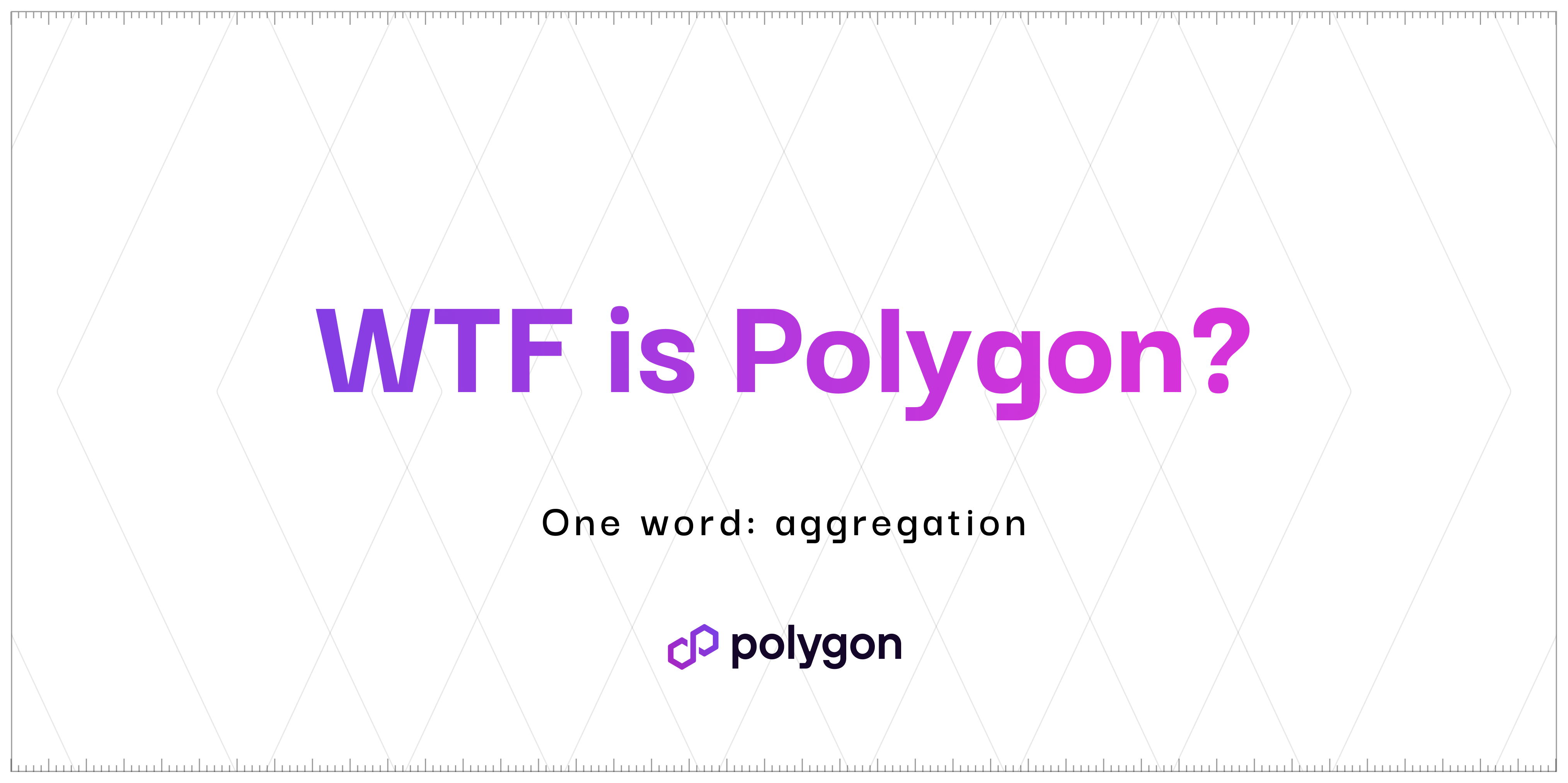How the AggLayer Unlocks a New Age of Blockchain Economics
A parable

Imagine a country with a promising and innovative economy. This country’s productive capacity is rapidly developing, bringing new products into being and promising to revolutionize whole sectors. With a mix of trepidation and curiosity, older economies look to this new player to see what’s coming next.
Everything is peaceful in this emerging economy, except for one thing: It’s very hard to get a piece of the action. It’s getting harder to innovate, because all this promising productive capacity—factories, ports, expertise—is expensive and generally difficult to access. There’s a growing concern that the real uses of all this economic machinery may be much more limited than was first thought.
If you’re reading this blog, you probably have a sense of where this is going: This promising and innovative, yet also increasingly rigid, economy is a metaphor for how blockchains work right now. There’s a ton of potential to be unlocked, over and above the innovations that have already happened—and yet there are bottlenecks that throttle creativity and limit use cases. Cost and general scalability are one issue; UX complexity is another.
So what do blockchain builders do about these challenges? Well, they get inventive. Enter the AggLayer, to give Ethereum max capacity.
Software (Margins) Eat the World
In an important sense, the revolution that led to the invention of blockchains has not yet been fully realized in blockchains themselves. Builders have succeeded in creating valuable economic machinery—such as Ethereum L1—but too much demand can make it expensive to use, to such an extent that use cases and opportunities to benefit from the tech have been outsourced to rollups and L2s.
So if we think of a chain like Ethereum as heavy industry, with all its benefits but also with similar barriers to entry, where is the opportunity for “software margins”? That is to say, how can one build something with low overhead that helps amplify the value of higher-overhead systems like Ethereum with already-established viability?
The AggLayer can be thought of as bringing software margins to Ethereum.
Because instead of taking responsibility for the vast, expensive, tricky machinery of an established L1 like Ethereum, all a chain needs to do to connect to the AggLayer—and thus access Ethereum, and more!—is represent the chain’s state to the AggLayer, which in turn generates a ZK proof that settles to Ethereum.
What’s more, the AggLayer doesn’t just reduce transaction costs. It also improves UX. An aggregated network means one-click transactions across chains. It will recreate the experience of being online, except in a web of protocols. Users won’t have to worry about cumbersome bridging.
For developers and chains, an aggregated network will mean tapping the user bases and shared liquidity of a whole network of independent chains. Devs can focus on market fit, and not fight over shared resources. It makes bootstrapping liquidity and finding users that much easier. Chains enjoy unparalleled network effects and don’t have to sacrifice sovereignty.
There are many implications of this shift. But the most important is that, as Polygon Labs has stated elsewhere, it’s a crucial step in making Web3 more like the Internet itself.
From Extraction to Amplification
A few weeks ago, Polygon Labs co-founder Brendan Farmer addressed the problem of extraction in blockchain ecosystems on the 0xResearch podcast. One point of emphasis was the AggLayer is not about finding new methods for the Polygon network—or any other actor or network-–to extract value from blockchain activity. Rather, it’s about ‘growing the pie,’ and the positive effect this will have for all chains that connect to the AggLayer.
In other words, the goal is to amplify the possibilities for blockchain use—new apps, new use cases, and ultimately, if there’s enough real value created, a lot more new users.
Working together to create value in a positive-sum way is much better than zero-sum competition over who can extract as much value as possible from a given transaction.
As of now, the quest to find product-market fit for various blockchain use cases is constrained by the barriers to entry in accessing this valuable economic machinery. The AggLayer is about amplifying the value of existing blockchain capacity—such as Ethereum itself—by lowering the barrier to entry.
By reducing costs and improving UX, AggLayer provides a path for everyone to benefit from overall growth in blockchain innovation, value creation, and usage.
Onward to the Blockchain Economic Revolution
AggLayer is still in its early stages, and it remains to be seen which applications will unlock the most value in this new paradigm.
But that’s the exciting thing about an economic revolution: If we already knew what was coming, we wouldn’t need to lay the groundwork for others to explore as easily and efficiently as possible.
If you want to learn more about the AggLayer and aggregated blockchain networks, we've got a host of resources for you to dive into:
- The Beginner's Guide to Aggregated Blockchains
- Aggregated Blockchains: A New Thesis
- WTF is Polygon
- Documentation for the unified bridge
Tune into the blog and our social channels to keep up with updates about the Polygon network.
The future of Web3 is aggregated.
Website | Twitter | Forum | Telegram | Discord | Instagram | LinkedIn | Polygon Knowledge Layer









.png)





.png)